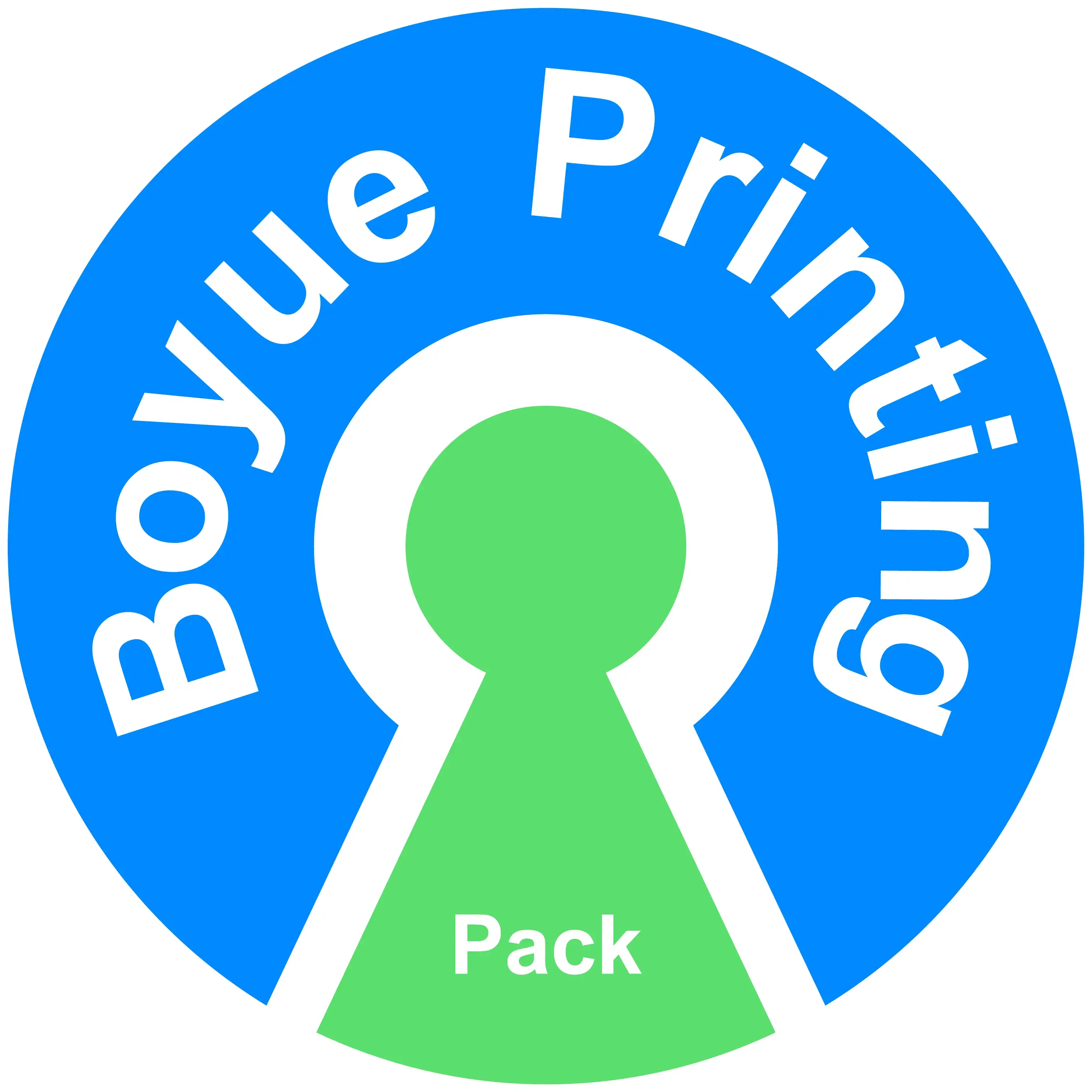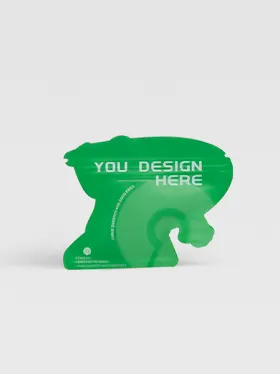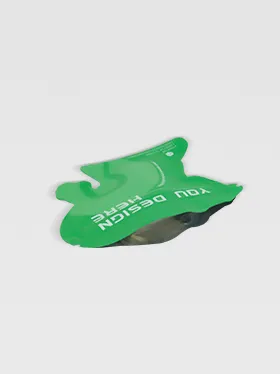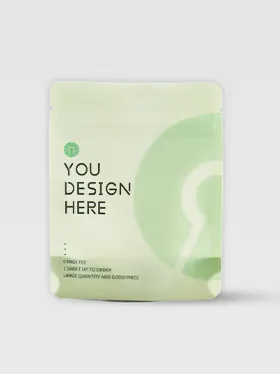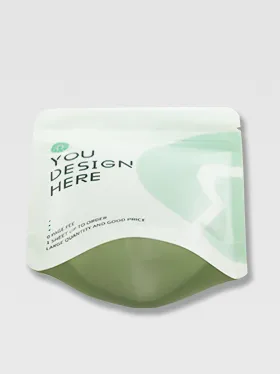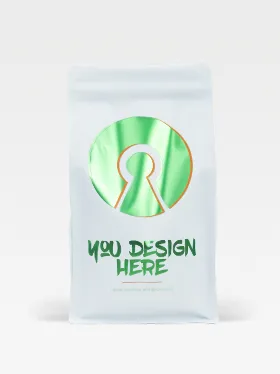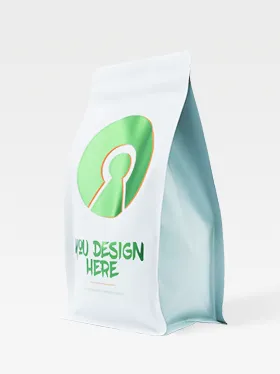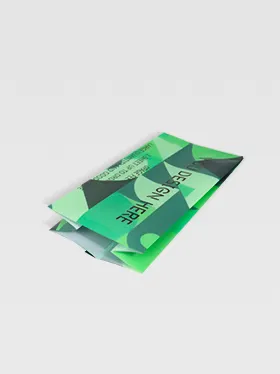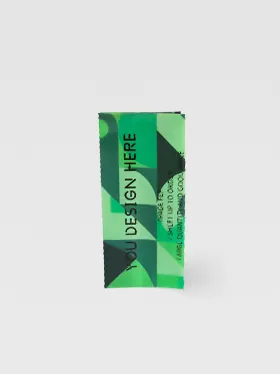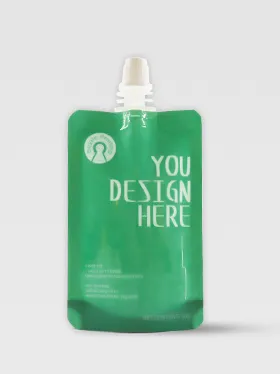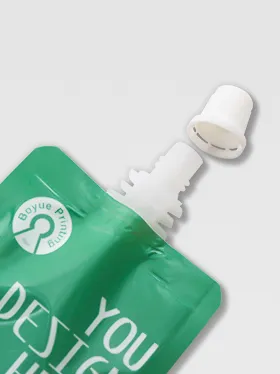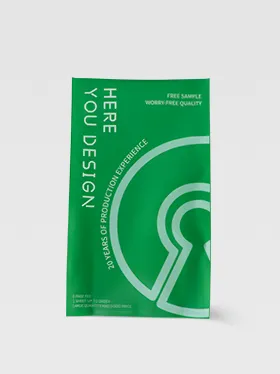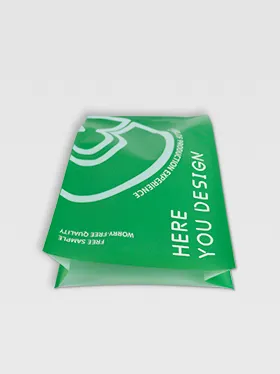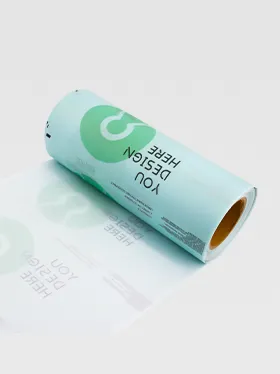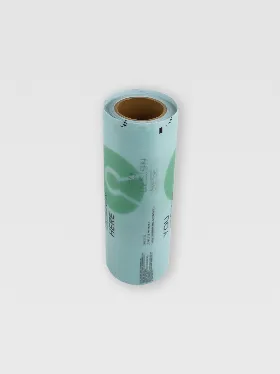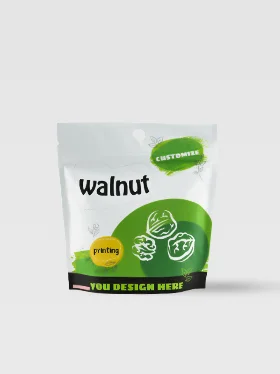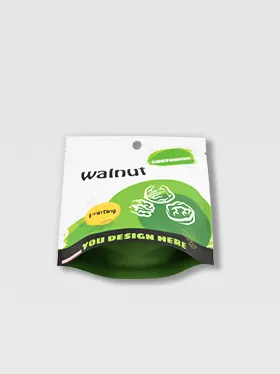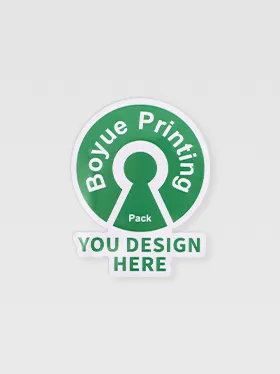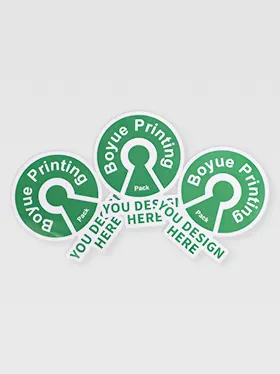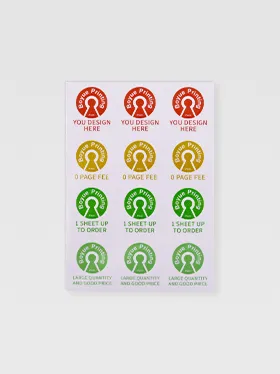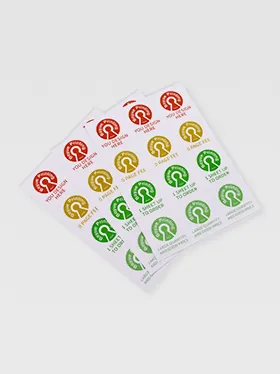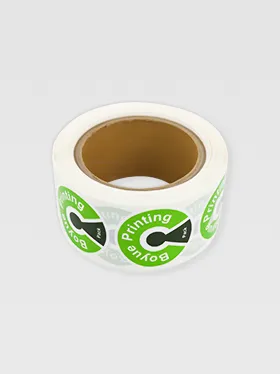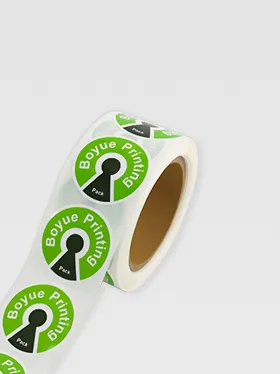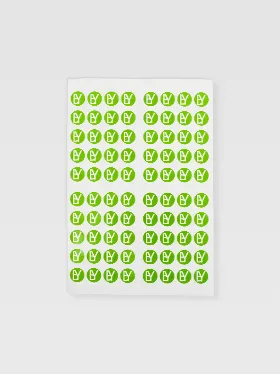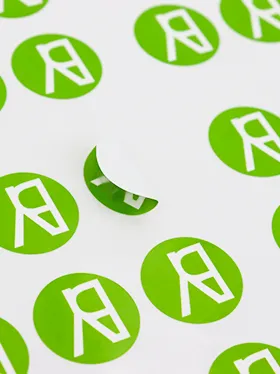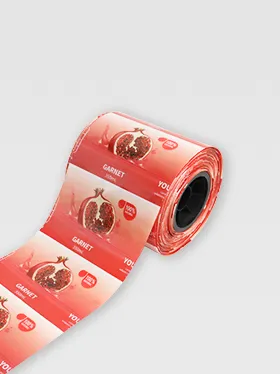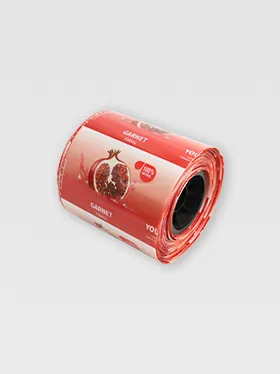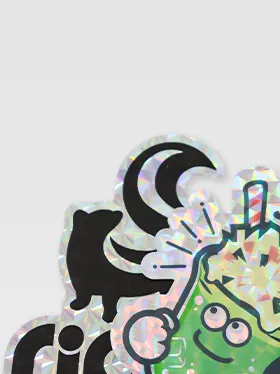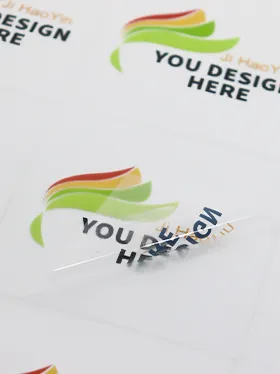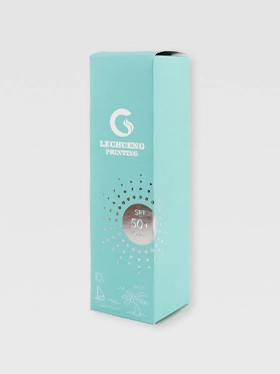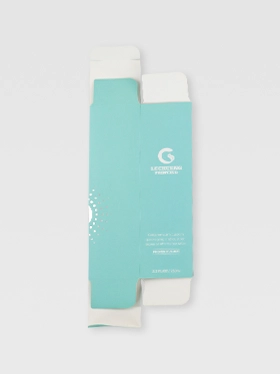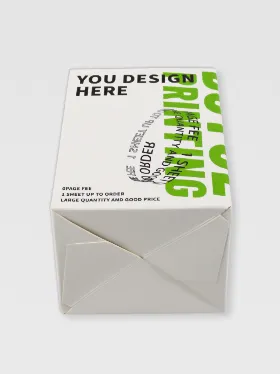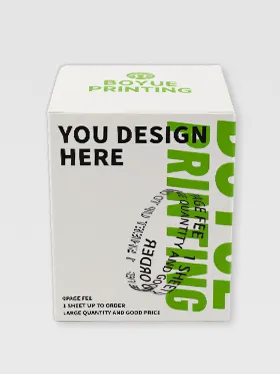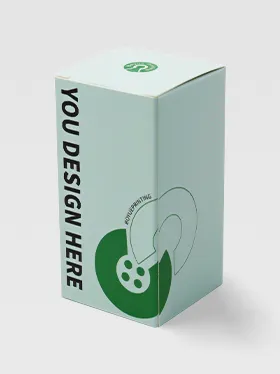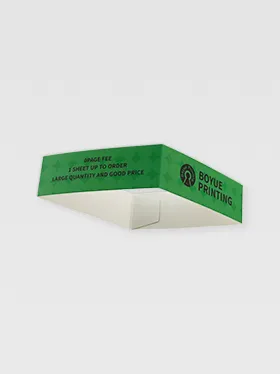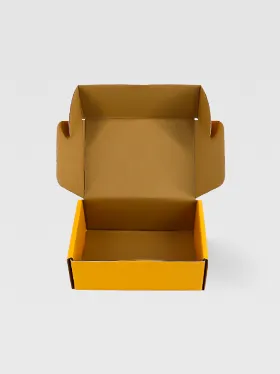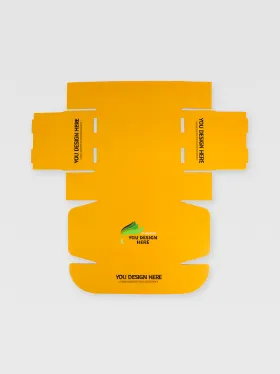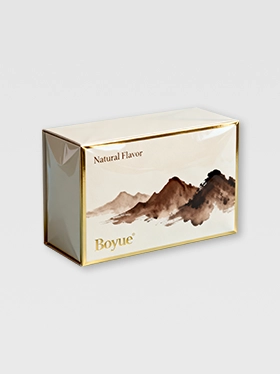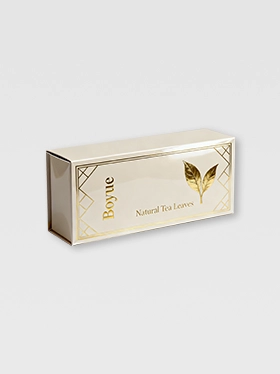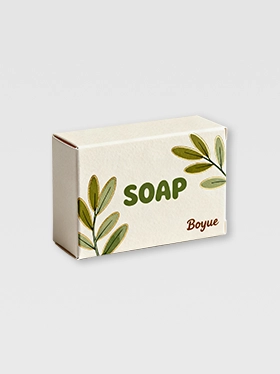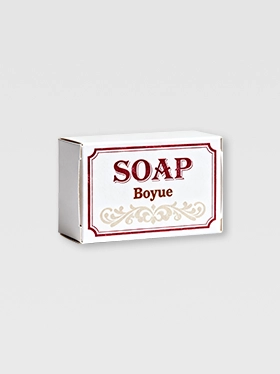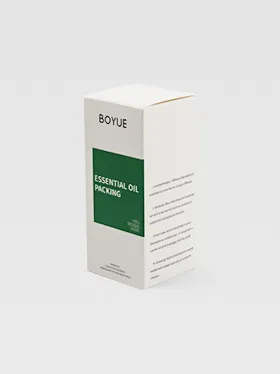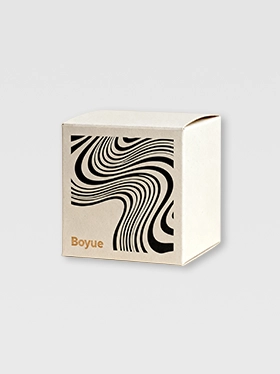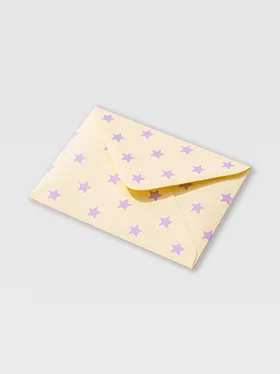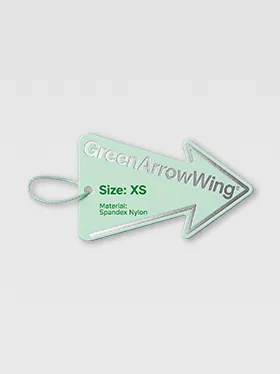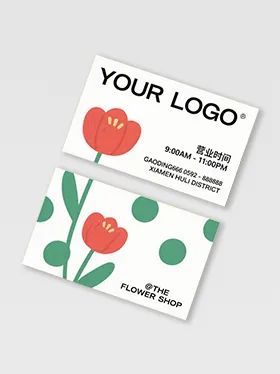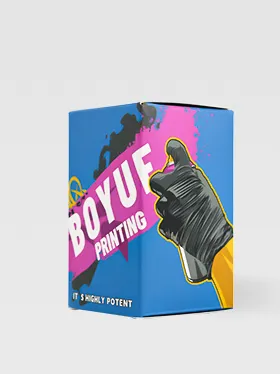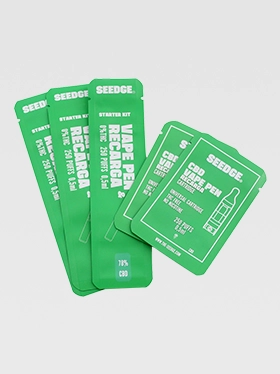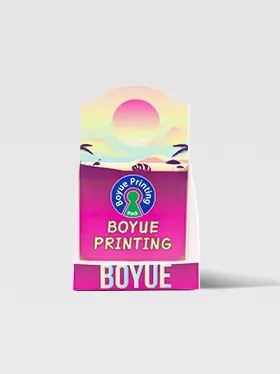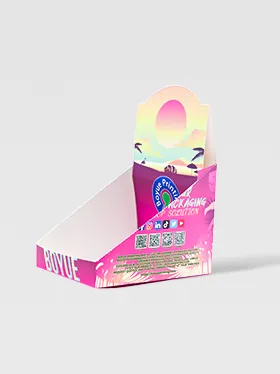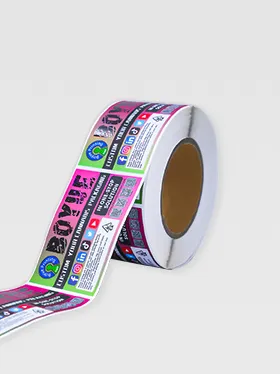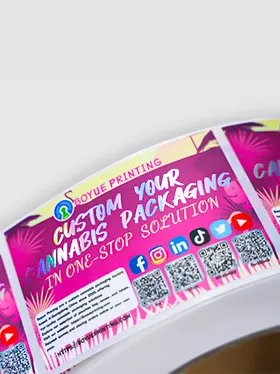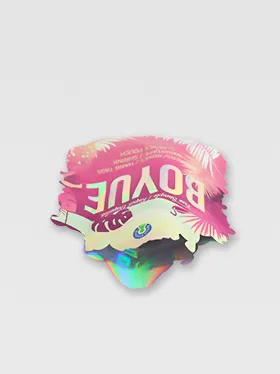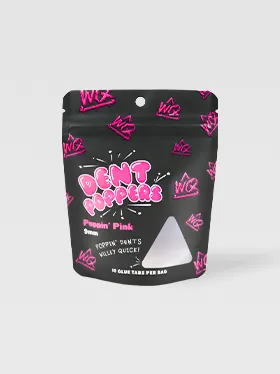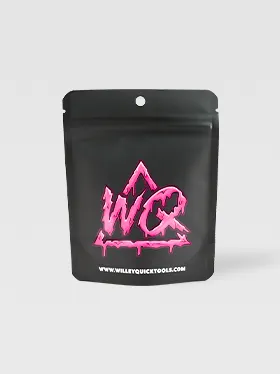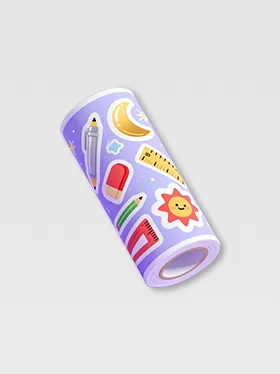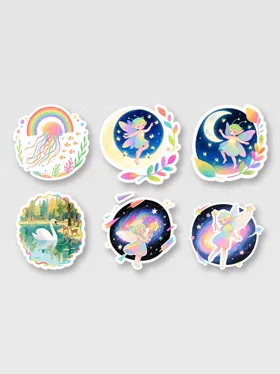
Custom Pouches

Stickers & Labels

Custom Boxes

Custom Cards

Cannabis Packaging

Stationery Series
Didn't find the right type?
Online Contact!

0086:18926054779
By Type
By Material
By Use
By Feature
Search
Cart
- Summary
- Orders
- My samples
- Discount
- Artworks
- Favorites
- Payment
- After-sales
- Notifications
- Setting
- Log out
Inspiration & Trends
2024/08/15
Effective Ways to Remove Stickers from Glass
Tag:
#how to get stickers off glass
Share:
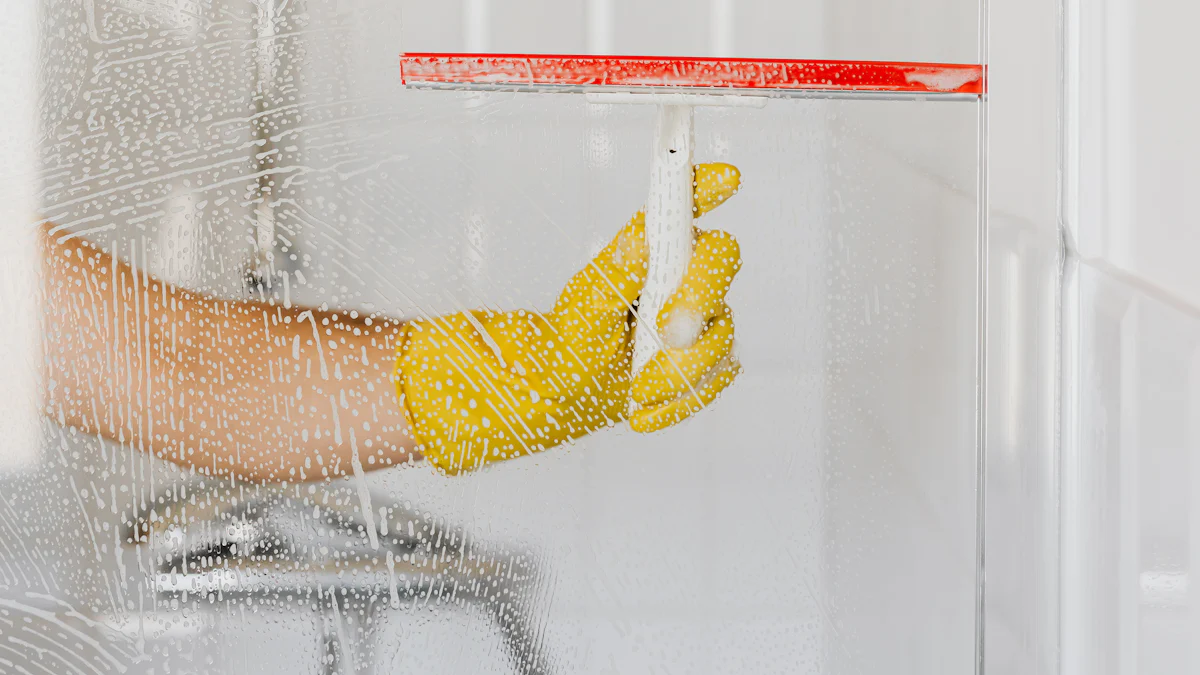
Removing stickers from glass can be challenging. Stubborn adhesives often leave behind sticky residues that attract dirt. Various methods exist to make this task easier. Some techniques involve household items like hot soapy water, vinegar, and rubbing alcohol. Others use heat or oil to dissolve the adhesive. This blog will explore how to get stickers off glass effectively.
Hot Soapy Water
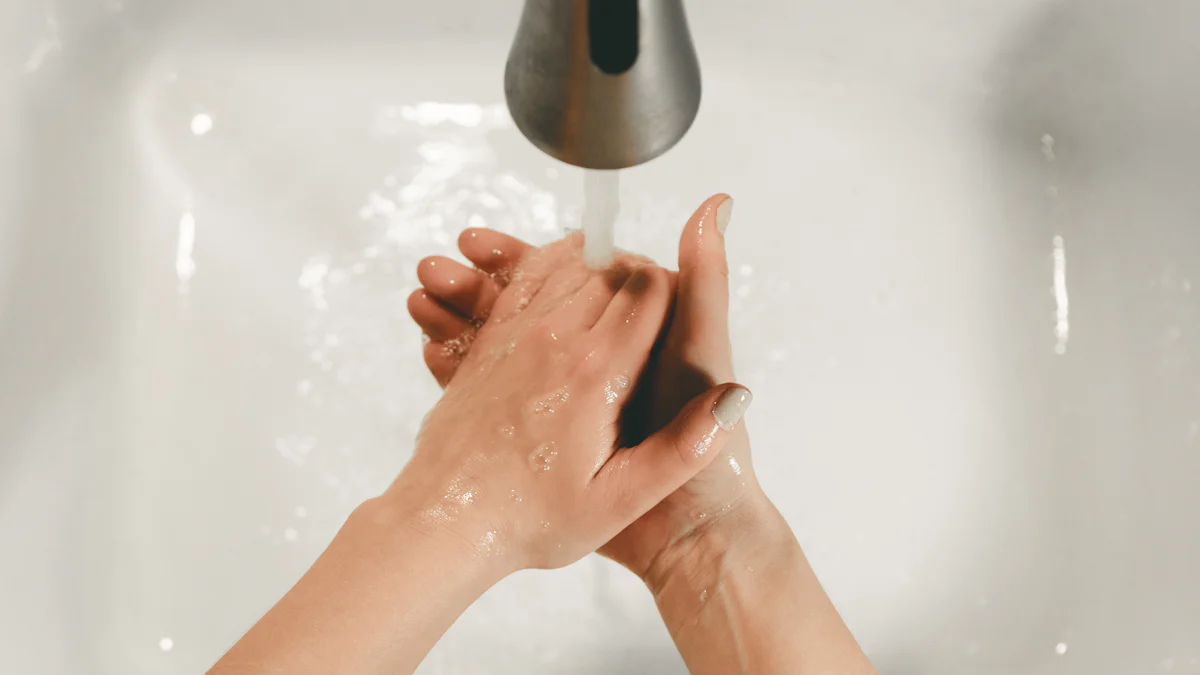
Soaking Method
The soaking method provides a simple solution for how to get stickers off glass. Begin by filling a basin or sink with hot, soapy water. Submerge the glass item in the water and let it soak for at least 30 minutes. The heat and soap will help loosen the adhesive, making sticker removal easier.
Materials Needed
-
Basin or sink
-
Hot water
-
Dish soap
-
Soft cloth or sponge
Benefits
Using hot soapy water offers several benefits. This method uses common household items, making it cost-effective. The process is gentle on glass surfaces, reducing the risk of scratches. Additionally, this technique works well for large stickers that cover significant areas of glass.
Limitations
Despite its advantages, the soaking method has limitations. This approach requires time and patience due to the soaking period. Some adhesives may not dissolve completely with just hot soapy water, necessitating additional methods for complete removal.
Vinegar and Alcohol Solutions
Vinegar Method
White vinegar offers a natural solution for how to get stickers off glass. Soak a paper towel in white vinegar. Cover the sticker area with the soaked paper towel. Let it sit for about 30 minutes. The acetic acid in the vinegar will dissolve the adhesive, making removal easier.
Materials Needed
-
White vinegar
-
Paper towels
-
Soft cloth or sponge
Alcohol Method
Rubbing alcohol provides another effective method for how to get stickers off glass. Soak a rag or paper towel in rubbing alcohol. Place it over the sticker and let it sit for around 30 minutes. The alcohol will break down the sticky residue, allowing easy removal.
Materials Needed
-
Rubbing alcohol
-
Rag or paper towels
-
Soft cloth or sponge
Benefits
Both methods use common household items, making them cost-effective solutions for how to get stickers off glass. These techniques are also gentle on glass surfaces, reducing the risk of scratches. Additionally, both methods work well on stubborn adhesives that other methods might not remove completely.
Limitations
Both vinegar and alcohol methods have limitations. White vinegar requires a soaking period, which can be time-consuming. The acetic acid in vinegar may not dissolve all types of adhesives effectively. Some adhesives might need multiple applications for complete removal.
Rubbing alcohol also has drawbacks. Alcohol can evaporate quickly, reducing its effectiveness over time. This method may require reapplication to fully break down stubborn sticker residue. Additionally, some people find the smell of rubbing alcohol unpleasant.
Using these methods on large stickers can be challenging. Both techniques work best on smaller areas or individual stickers rather than extensive adhesive surfaces.
Scientific Research Findings: Studies indicate that while both white vinegar and rubbing alcohol are effective at dissolving sticker adhesive, they each have unique constraints that limit their efficiency in certain scenarios.
Heat and Oil Methods
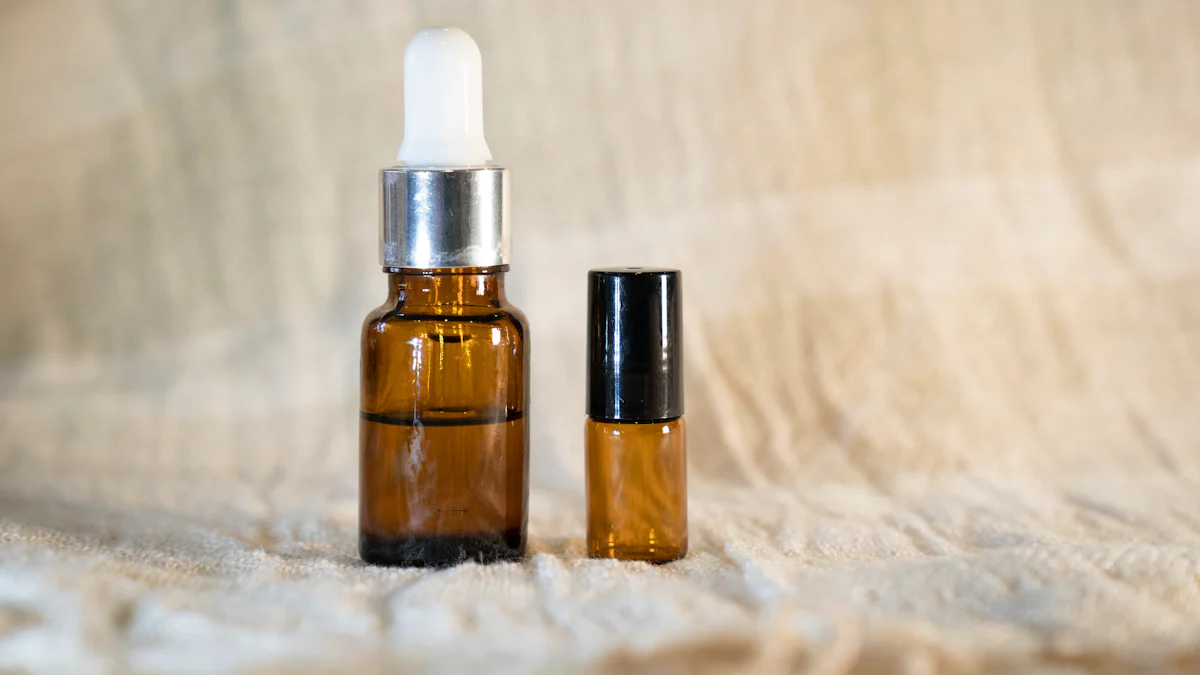
Hair Dryer Method
Using a hair dryer can effectively remove stickers from glass. The heat softens the adhesive, making it easier to peel off.
Materials Needed
-
Hair dryer
-
Plastic scraper or credit card
-
Soft cloth
Cooking Oil Method
Cooking oil provides another solution for removing stickers. The oil penetrates the adhesive, loosening its grip on the glass surface.
Materials Needed
-
Cooking oil (e.g., olive oil or vegetable oil)
-
Paper towels
-
Soft cloth or sponge
Benefits
Both methods offer unique advantages. The hair dryer method uses heat to soften adhesives without chemicals, reducing potential damage to the glass. This approach works quickly and efficiently for most types of stickers.
The cooking oil method uses household items that are non-toxic and safe for various surfaces. This technique is gentle on glass and effective in breaking down stubborn adhesives.
Case Study: Studies indicate that while both white vinegar and rubbing alcohol are effective at dissolving sticker adhesive, they each have unique constraints that limit their efficiency in certain scenarios.
These methods provide versatile options for different types of sticker removal challenges.
Limitations
Both the hair dryer and cooking oil methods have limitations. The hair dryer method requires access to an electrical outlet, which may not always be convenient. Prolonged exposure to heat can also weaken the glass over time. Additionally, using a plastic scraper or credit card may still leave minor adhesive traces.
Cooking oil can create a greasy residue on the glass surface. This residue requires thorough cleaning with soap and water afterward. Some adhesives may resist oil penetration, necessitating multiple applications for complete removal.
Case Study: Neither rubbing alcohol nor vinegar worked effectively in some instances. These substances dried the adhesive onto surfaces, making removal more difficult.
Alcohol and acetone can be corrosive, especially on plastics and treated woods. Users should exercise caution when applying these solvents to avoid damaging surrounding materials.
These methods work best for smaller stickers rather than large adhesive areas.
The blog discussed several methods for removing stickers from glass. These methods included using hot soapy water, vinegar and alcohol solutions, and heat and oil methods. Each method has unique benefits and limitations.
Using the right tools is crucial for effective sticker removal. Tools like a plastic scraper or a soft cloth can prevent scratches on glass surfaces.
Readers should try these methods to find the most suitable one for their needs. For quality sticker products, consider exploring options from Boyue Printing.
Share:
Recommended article
Related products
Categories
Not sure what to choose?
Skip the calculator. Our packaging team is here to guide you.
Talk to an Expert
Not sure what to choose?
Skip the calculator. Our packaging team is here to guide you.
Talk to an Expert
Not sure what to choose?
Skip the calculator. Our packaging team is here to guide you.
Talk to an Expert
Not sure what to choose?
Skip the calculator. Our packaging team is here to guide you.
Talk to an Expert
Not sure what to choose?
Skip the calculator. Our packaging team is here to guide you.
Talk to an Expert
Not sure what to choose?
Skip the calculator. Our packaging team is here to guide you.
Talk to an Expert

Ready to upgrade your packaging?
